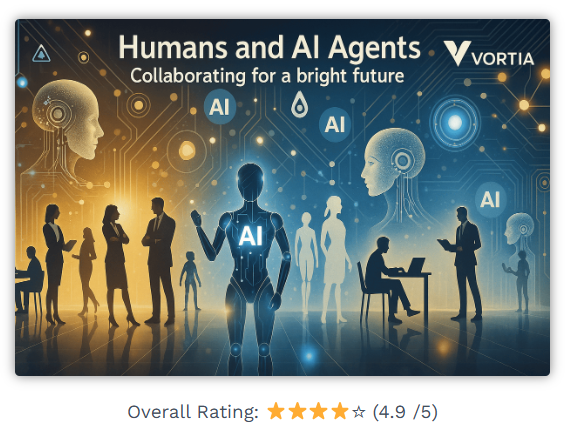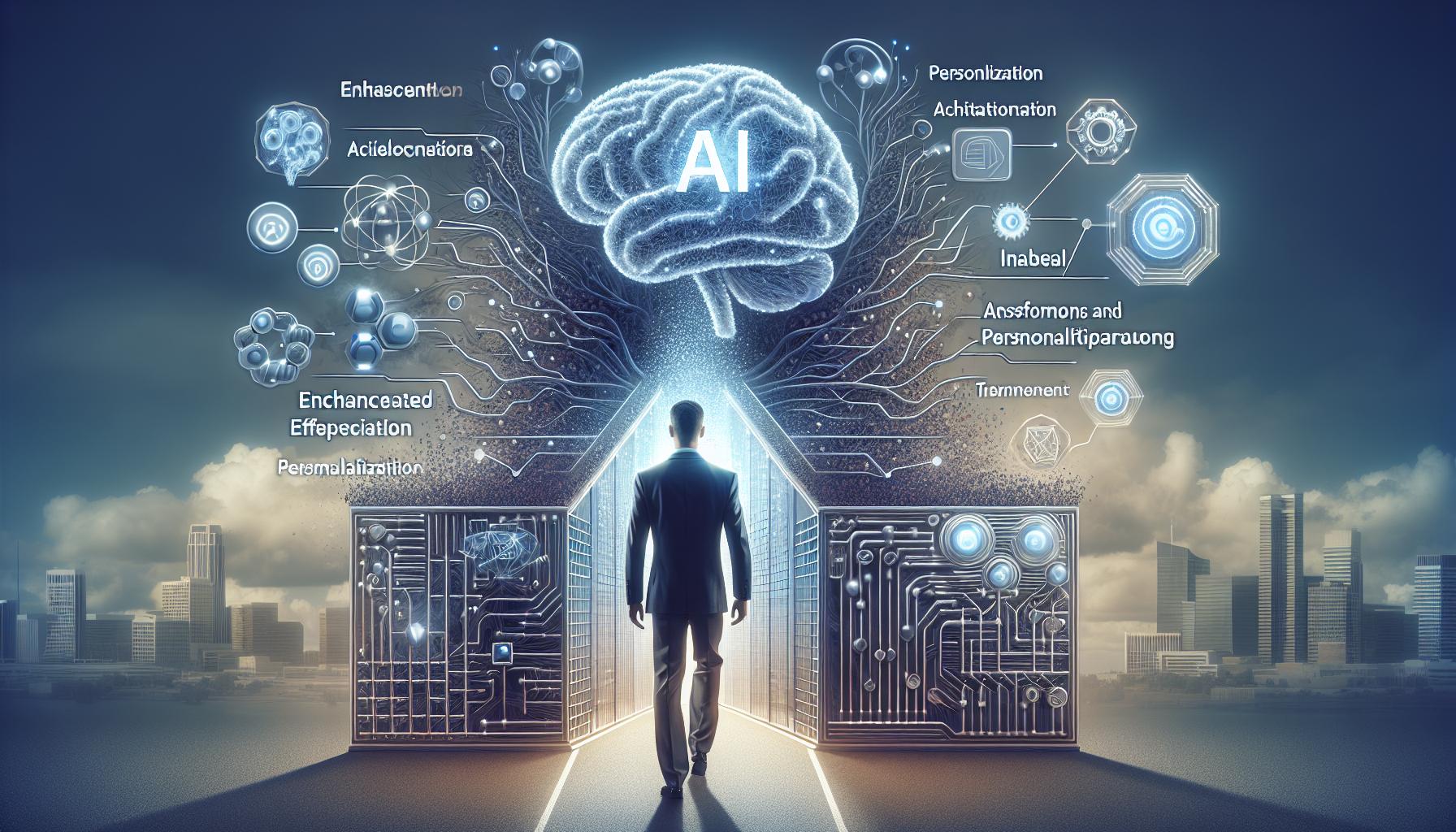How to Build AI Software: A Step-by-Step Guide for Beginners

Strong 8k brings an ultra-HD IPTV experience to your living room and your pocket.
Artificial Intelligence (AI) is transforming technology across industries, from chatbots to self-driving cars. Learning how to build AI software is a valuable skill that opens up numerous opportunities in today’s tech-driven world. This guide outlines the essential steps to help beginners build AI software, from understanding the basics to deploying and scaling your AI project.
Step 1: Understanding the Basics of AI
Before you start, it’s crucial to understand AI’s core concepts. AI refers to the simulation of human intelligence by machines, while Machine Learning (ML) is a subset of AI focused on algorithms that enable computers to learn from data. Most AI software today involves Narrow AI, designed for specific tasks like voice recognition or data analysis.
Key concepts include algorithms, neural networks, and data. Algorithms are step-by-step instructions that guide the AI’s decision-making, while neural networks mimic the human brain to identify patterns in data. Understanding these concepts is foundational to building AI software.
Step 2: Defining Your AI Project’s Purpose
Define the problem your AI will solve and the goals your software should achieve. Whether it’s automating customer service or predicting market trends, a clear purpose will guide your project. Research existing AI solutions to understand what’s possible and identify areas where your software can improve or innovate.
Step 3: Choosing the Right AI Tools and Platforms
Selecting the right tools is critical. Popular AI frameworks include TensorFlow, PyTorch, and Keras, each offering unique features for AI development. Python is the preferred programming language due to its simplicity and extensive library support. Cloud platforms like Google AI, AWS, and Microsoft Azure provide resources like pre-trained models and scalable compute power, making it easier to build AI software without heavy investments in hardware.
Step 4: Acquiring and Preparing Data
Data is the backbone of AI. The quality of your data directly impacts your software’s performance. You can find datasets from sources like Kaggle, Google Dataset Search, and public repositories. Proper data cleaning and preprocessing — removing duplicates, handling missing values, and normalizing data — are essential steps to ensure your AI models learn accurately.
Step 5: Training and Testing AI Models
Training involves feeding data into your model to help it learn patterns and make predictions. There are two main approaches: supervised learning (using labeled data) and unsupervised learning (finding patterns in unlabeled data). Evaluate your model’s performance using metrics like accuracy, precision, and recall, and refine it to ensure it meets your project’s goals.
Step 6: Building the AI Software Architecture
The architecture of your AI software affects performance and scalability. Write modular, clean code to make your software easy to maintain and expand. Integrate your trained models into the main software, creating interfaces that allow real-time predictions and decision-making.
Decide whether your AI software will run locally or on cloud servers. Cloud deployment offers scalability and lower maintenance, while on-premise deployment provides greater control over data and performance.
Step 7: Testing and Debugging AI Software
Thorough testing ensures your AI software functions correctly. Implement best practices like unit and performance tests to validate your algorithms. Monitor for biases and errors, as these can affect the fairness and accuracy of your software.
Step 8: Deploying Your AI Software
Deployment is about making your AI software available to users. Choose between local and cloud deployment based on your software’s needs. Once deployed, continuous monitoring helps ensure stability and performance. Update your models regularly with new data to keep your AI software effective over time.
Step 9: Scaling Your AI Software
As your user base grows, scaling becomes essential. Optimize algorithms and use cloud resources to manage increased load. Ensuring your software is optimized for various devices, from desktops to mobile, will enhance user experiences.
Challenges to Expect When Building AI Software
Building AI software comes with challenges such as data limitations, computational costs, and model complexity. Overcoming these requires careful planning, effective use of resources, and a willingness to learn and adapt.
The Future of AI Software Development
The demand for AI skills is growing as businesses increasingly integrate AI into their products. Staying updated with emerging trends, such as Natural Language Processing (NLP) and generative AI, will keep your skills relevant. As you build AI software, you contribute to shaping the future of technology.
Conclusion
Building AI software is a challenging yet rewarding journey. By following these steps, beginners can navigate the complexities of AI development and create impactful solutions. Stay curious, embrace the learning process, and keep refining your skills. The world of AI offers endless possibilities, and now is the perfect time to start building your AI software.
Note: IndiBlogHub features both user-submitted and editorial content. We do not verify third-party contributions. Read our Disclaimer and Privacy Policyfor details.







